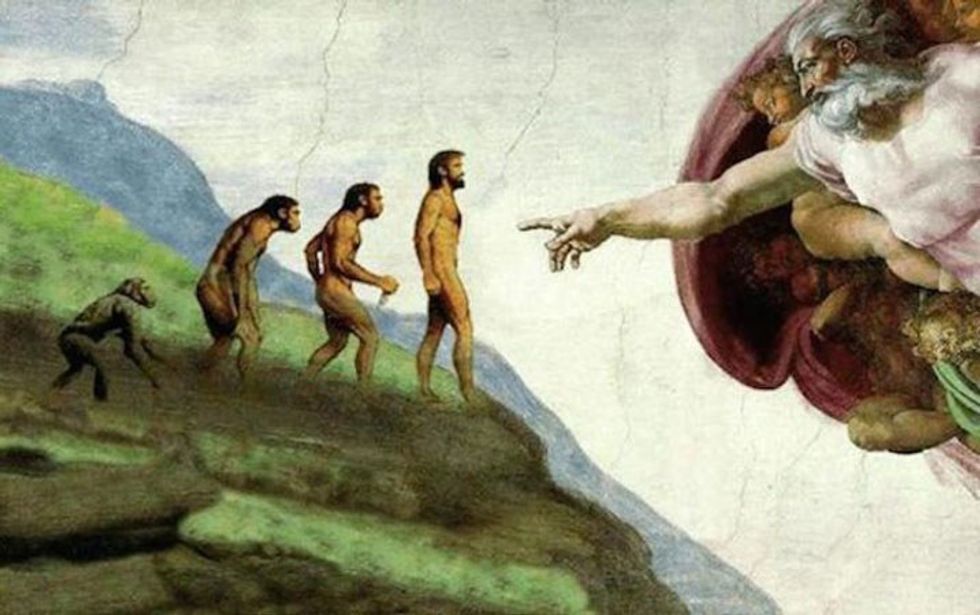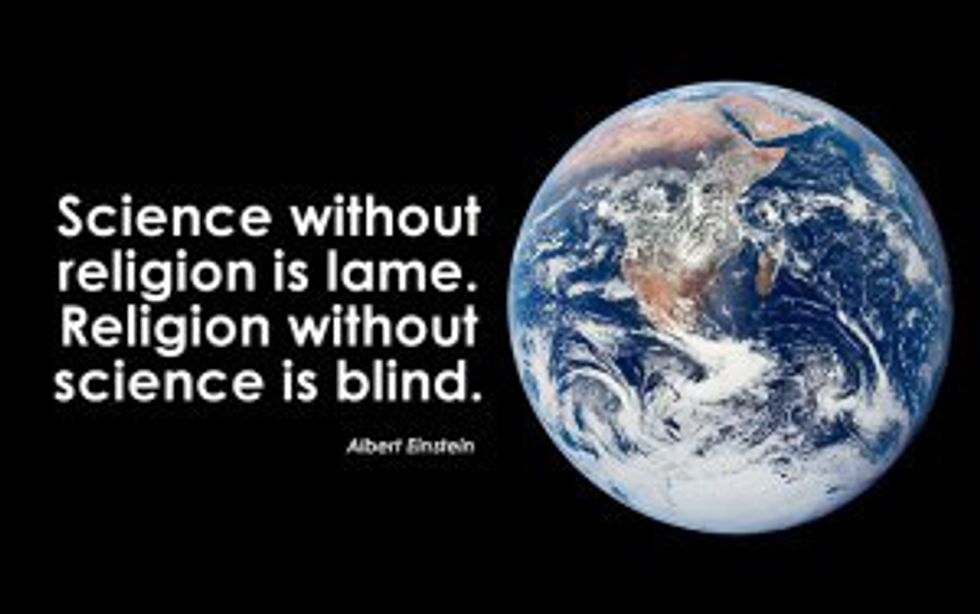"It will become clearly evident that science does, in fact, function like religion--eliminating the need to argue over which field is correct."
One of the most controversial and debated conversations exists between science and religion. Which one provides the most answers? Which one has the most accepted ideas to continue to survive? Despite the abundance of effort and research that has gone into this controversy, no progress has been made. It's impossible to decide what system is better when they each supply varying ideas about the world.
What the world does not generally focus on is the questions of their relationship and how they actually function. A beneficial inquiry to ask and explore would be whether science works like religion. There are certain aspects of science that are similar to religion, and there are features that differ greatly. To truly explore this question, it is essential to take a closer, more intensive look at each system and compare them. In doing this, it will become clearly evident that science does, in fact, function like religion--eliminating the need to argue over which field is correct.
The most prominent connection that can be made between the way science and religion function is found in explaining what they provide the world with: answers. To reduce this broad idea, they both provide answers in regards to creation. The questions surrounding creation are extremely difficult ones to answer. Both science and religion have made attempts to explain it. With religion, either one or multiple creators formed the world and with science the world came about through astronomical reactions. Either way, they each supply people with some type of story about how the world was created.
These explanations provide people with something to center their lives and beliefs on. An interesting approach is taken by Mikael Stenmark in "How to Relate Science and Religion." In this book, he continues with this idea of creation in the sense of the God idea. He connects the two when he states, “It also does not specify precisely where exactly a proponent of the contact view finds the overlap; it could be in the methods or rationalizes of science and religion or in the theoretical content” (251). Stenmark supports the claim that science and religion function similarly in regards to creation stories when he raises the point of theology. Without this component, neither system would be able to work, let alone allow people to gain anything from them. This connection is crucial to developing a relationship between the two.
There is no way to rid the world of either science or religion. Each supplying society and people with differing ideas, they are both necessary. Placing them against one another is an unfair and ineffective argument to make. As previously stated, the only way to have a legitimate and beneficial conversation is to try and find similarities and discuss the ways in which they both work.
For religion, it is through believing without seeing. Faith is placed in this system because of myths and other methods of passing on stories by word of mouth. As for science, proven facts and observations provide the basis for it. These fundamental differences provide a large amount of evidence to claim that they do not function in the same way.
However, similarities exist between what science and religion both bring to the table. They each supply explanations for creation and phenomena that occurs in the world. This complicated answer to the question “Does science function like religion?” results in the discovery that a relationship truly does exist. So why do we spend so much time on debating between the two?











































